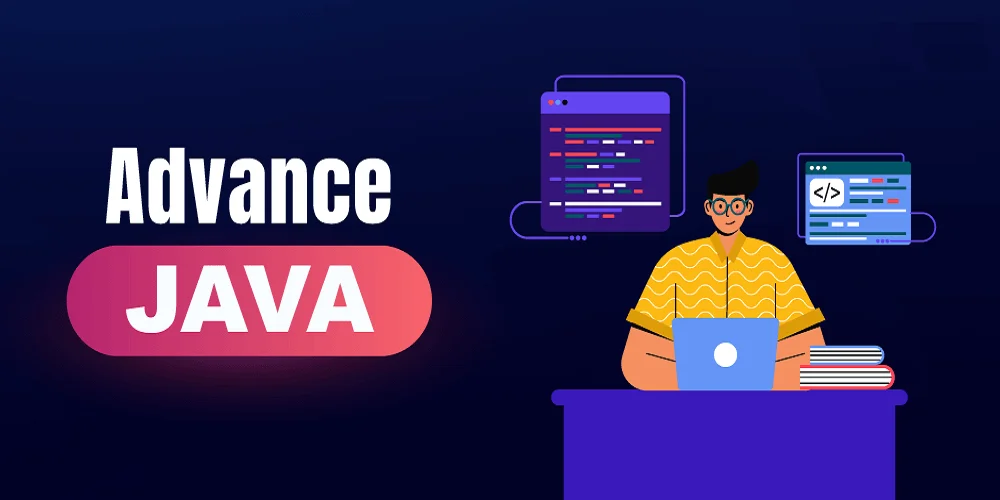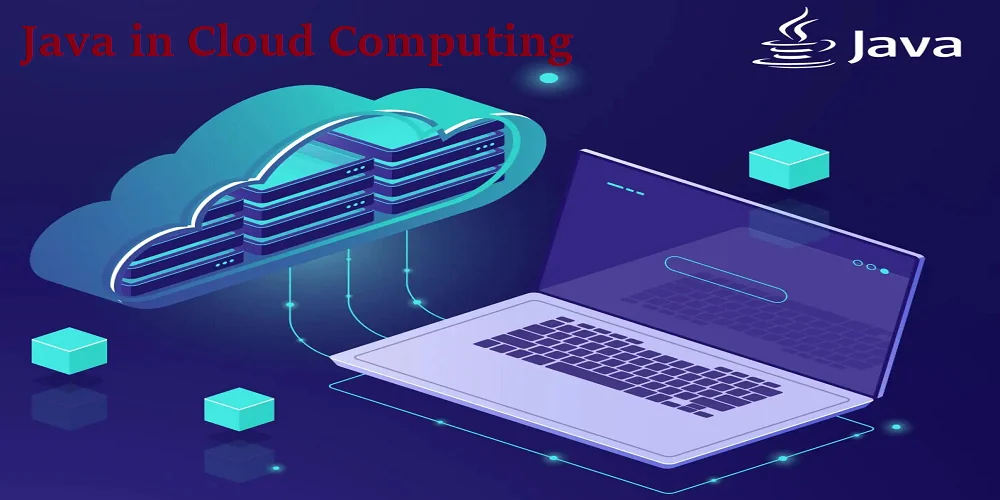Google BigQuery provides an incredibly fast and scalable solution for analyzing data at scale. Powered by Google’s infrastructure. Imagine that scale. complex data sets to run all these SQL commands without worrying about server management. Let’s take a look at how you can integrate Google BigQuery with your
Java development services for large-scale data analysis.
1. Introduction to Google BigQuery
Google BigQuery is a fully managed cloud data warehouse. Serverless scalable and powered by Google Cloud, it is designed to quickly analyze large data sets with SQL queries that can handle petabytes of data. It lets companies to function n actual time analytics on huge data sets with no stress about infrastructure. BigQuery functions on Google's powerful infrastructure, enabling users to function difficult queries in seconds. All of this has lower storage and operating costs than traditional data warehouses. It is apposite for firms that require to practise and examine large amounts of data speedily and capably. With support for standard SQL and seamless addition with data conception tools, BigQuery does it simple for technical and non-technical workers to extract expressive understandings from its data.
1.1 Real-World Applications
- Business Intelligence and Reporting: Create live dashboards and reports to provide key insights. BigQuery integrates seamlessly with tools like Google Data Studio, Tableau, and Looker. Helps businesses easily visualize KPIs to make informed decisions.
- Log Analysis: Analyze logs from applications, networks, and servers. BigQuery helps you find trends. Identify abnormalities and solve problems in various services in Real time
- Marketing Data Analytics: Track the performance of your marketing campaigns on platforms like Google Analytics, YouTube, and Google Ads. Get actionable insights on user behavior and campaign effectiveness. and optimize future marketing efforts.
- Machine Learning: BigQuery ML lets you build and deploy machine learning models using SQL, making predictive analytics accessible to everyone without needing to. Deep technical expertise
- Analysis IoT: IoT processes large amounts of data in real time. Make companies Gain actionable insights for operational efficiency or predictive maintenance.
- Healthcare Data Analysis: Examine huge datasets related to healthcare. From genetic data to patient records to assist healthcare providers in making data-driven decisions that will enhance patient outcomes and operational effectiveness.
1.2 Key Advantages
- Easily scalable: BigQuery automatically scales to handle data of any size, from terabytes to petabytes. So you only pay for what you use. No need to manage servers or worry about scaling infrastructure.
- Simple Serverless: BigQuery’s serverless architecture reduces the complexity of infrastructure management. The only thing you need to focus on is data and analytics, while BigQuery handles everything else.
- Lightning Fast Queries: BigQuery uses parallel and distributed processing to quickly run SQL queries on massive data volumes. Whenever time is of the essence, deliver results quickly.
- Cost Efficiency: Pricing is easy. Just pay for storage and query processing. This is because there is no infrastructure to manage. BigQuery’s cost model is designed to be affordable for big data analytics.
- BigQuery integrates seamlessly with other Google Cloud services, including Cloud Storage, Dataflow, and BigQuery ML. Additionally, it connects with external tools like Tableau, Looker, and Apache Spark to offer flexibility in your data workflow.
- Real-time data availability: Companies may collect and query data in real-time thanks to BigQuery’s streaming API. Excellent in circumstances such as fraud detection or instantaneous client interaction.
- Strong security and compliance: BigQuery helps guarantee the security of your data by utilizing Identity and Access Management (IAM) and encryption both in transit and at rest. secure Additionally, it conforms with industry standards like HIPAA GDPR.
2. Prerequisites
- A Google Cloud Platform (GCP) account
- BigQuery API enabled on your GCP project
- Java Development Kit (JDK) installed
- Maven or Gradle for managing dependencies
2.1 Set Up Your Google Cloud Project
Before you negin with BigQuery in your Java application, you have to set up your Google Cloud project and assure the BigQuery API is empowered.
- Go to the Google Cloud Console.
- Make a newer project (or choose an present one).
- Circumnavigate to the API & Services section, and allow the BigQuery API..
- Download a service account key in JSON format from the IAM section and store it securely. This will allow your Java developers India to authenticate with Google Cloud.
2.2 Add BigQuery Dependencies
To work with the BigQuery customer in a Java application, you should have the needed dependencies. If you are making use of Maven, just add the below to your
pom.xml file:
<dependency>
<groupId>com.google.cloud</groupId>
<artifactId>google-cloud-bigquery</artifactId>
<version>your_jar_version</version>
</dependency>
If you are working with Gradle, add the following to your
build.gradle file:
implementation 'com.google.cloud:google-cloud-bigquery:your_jar_version'
2.3 Authenticate with Google Cloud
To authenticate your Java application with Google Cloud, you’ll need to set the environment variable
GOOGLE_APPLICATION_CREDENTIALS to point to the location of your service account key file:
export GOOGLE_APPLICATION_CREDENTIALS="/path/to/your/service-account-key.json"
Alternatively, you can programmatically set the credentials within your application:
BigQuery bigquery = BigQueryOptions.newBuilder()
.setCredentials(ServiceAccountCredentials.fromStream(new FileInputStream("/path/to/your/service-account-key.json")))
.build()
.getService();
2.4 Query BigQuery from Java
Now that your Java application is set up to authenticate with Google Cloud, you can start querying BigQuery. Below is a code to run a SQL query using BigQuery:
package com.example;
import com.google.cloud.bigquery.BigQuery;
import com.google.cloud.bigquery.BigQueryOptions;
import com.google.cloud.bigquery.QueryJobConfiguration;
import com.google.cloud.bigquery.TableResult;
public class BigQueryExample {
public static void main(String[] args) throws Exception {
BigQuery bigquery = BigQueryOptions.getDefaultInstance().getService();
// Define your query
String query = "SELECT name, SUM(number) as total " +
"FROM `bigquery-public-data.usa_names.usa_1910_2013` " +
"WHERE state = 'TX' " +
"GROUP BY name " +
"ORDER BY total DESC " +
"LIMIT 10";
// Create a query configuration
QueryJobConfiguration queryConfig = QueryJobConfiguration.newBuilder(query).build();
// Run the query
TableResult result = bigquery.query(queryConfig);
// Print the results
result.iterateAll().forEach(row -> {
System.out.printf("Name: %s, Total: %d%n", row.get("name").getStringValue(), row.get("total").getLongValue());
});
}
}
Please note that the dataset used
bigquery-public-data.usa_names.usa_1910_2013 is a public dataset already available in BigQuery. You can use your dataset and customize your queries to meet your specific business needs.
2.5 Handling Query Results
The
TableResult object returned by the query method contains the results of the query. You can loop through rows. and can extract data As shown in the example above, you also have the option to export the results in formats such as CSV or JSON for further analysis or storage.
2.6 Error Handling
When working with BigQuery, errors such as invalid queries, exceeded quotas, or timeouts may occur. It’s essential to handle these errors gracefully in your application:
try {
TableResult result = bigquery.query(queryConfig);
} catch (InterruptedException e) {
System.out.println("Query was interrupted: " + e.getMessage());
Thread.currentThread().interrupt();
} catch (BigQueryException e) {
System.out.println("BigQuery error: " + e.getMessage());
}
3. Conclusion
By integrating Google BigQuery into your Java application, you can take advantage of Google’s strong data analysis power. This guide walks you through the steps. In the application settings, run a BigQuery query to process the results. and handle errors smoothly



